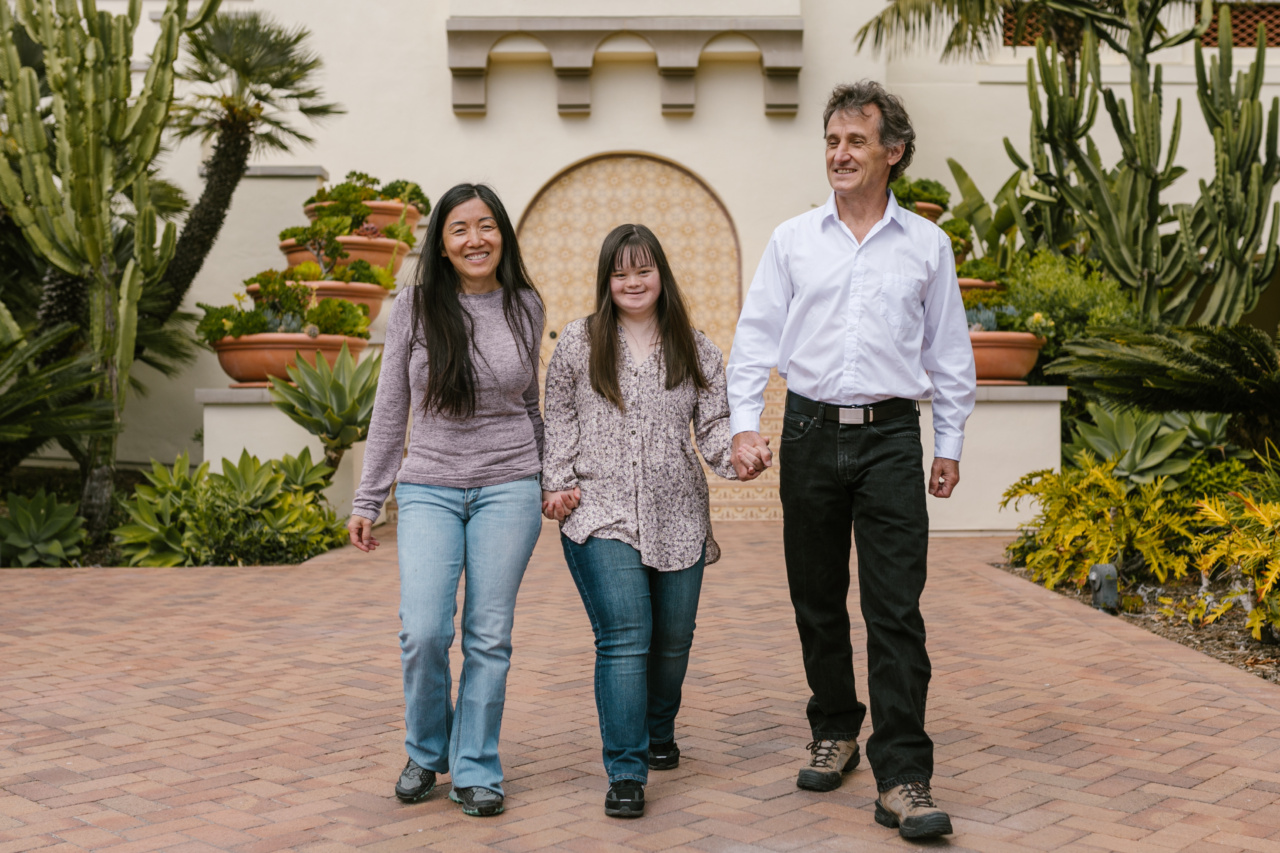Autism is a developmental disorder that affects an individual’s communication, behavior, and social skills. It is one of the most common neurological disorders, affecting as many as 1 in 54 children in the U.S.
Autism spectrum disorders, or ASD, have a range of symptoms which may include repetitive or stereotyped movements. These movements may include walking styles that can pose risks to the individual with autism.
What Are Walking Styles in Autism?
Walking styles in autism refer to the way individuals with ASD move and walk. These movements may be characterized by repetitive patterns, such as walking in circles or continuously pacing back and forth.
Some individuals with autism may walk on their toes, referred to as toe-walking. The specific walking style varies from person to person and can change over time.
Why Do Individuals with Autism Have Unique Walking Styles?
The reason why individuals with autism have unique walking styles is not yet clear. However, it is believed to be related to issues with sensory processing.
Sensory processing refers to the way the brain processes and interprets information from the environment. Individuals with autism may have differences in sensory processing, which leads to unique movement patterns.
For example, some individuals with autism may find it difficult to regulate sensory input from their surroundings. Walking on their toes may provide them with more sensory input and stimulation to help them regulate their emotions and behavior.
Similarly, repetitive movements such as pacing or rocking can also help individuals with autism regulate their sensory input and cope with anxiety or overstimulation.
What Are the Risks of Walking Styles in Autism?
While walking styles in autism may serve as a coping mechanism, they can also pose risks to the individual’s safety. Toe-walking, in particular, can increase the risk of falls and lead to poor posture and balance.
Some individuals with autism may also exhibit walking styles that are socially stigmatizing, which can affect their social interactions and cause discomfort or ostracism from peers.
Additionally, walking styles in autism can also contribute to delays in motor development. For example, toe-walking can lead to tightness in the calf muscles, which can result in decreased range of motion and difficulty performing everyday activities.
Over-reliance on repetitive movements such as pacing can also result in decreased attention and focus on activities that require different types of movement, such as play or sports.
How Can Walking Styles in Autism be Managed?
While walking styles in autism may pose risks, there are several ways to manage them and reduce the negative effects. One approach involves addressing the underlying sensory issues that contribute to the unique walking styles.
Sensory integration therapy, for example, can help individuals with autism regulate their sensory input and reduce the need for repetitive movements.
Another approach involves physical therapy to address the motor delays and muscle tightness that may result from certain walking styles. Stretching and strengthening exercises can improve range of motion and prevent future injuries.
Bracing devices such as ankle foot orthoses (AFOs) can also be used to provide additional support and improve walking patterns.
Conclusion
Walking styles in autism are a common symptom that may serve as a coping mechanism for individuals with sensory processing issues.
While they can pose risks to safety and motor development, there are many approaches to manage them and reduce their negative effects. With the right interventions and support, individuals with autism can develop safe and effective walking patterns that promote independence and quality of life.






























